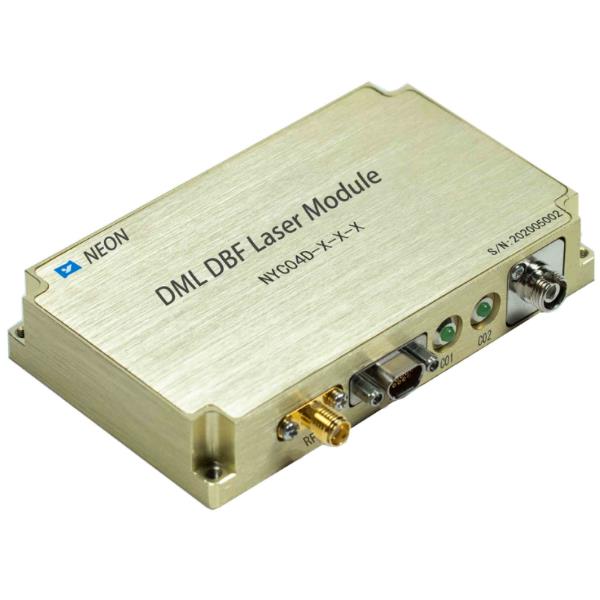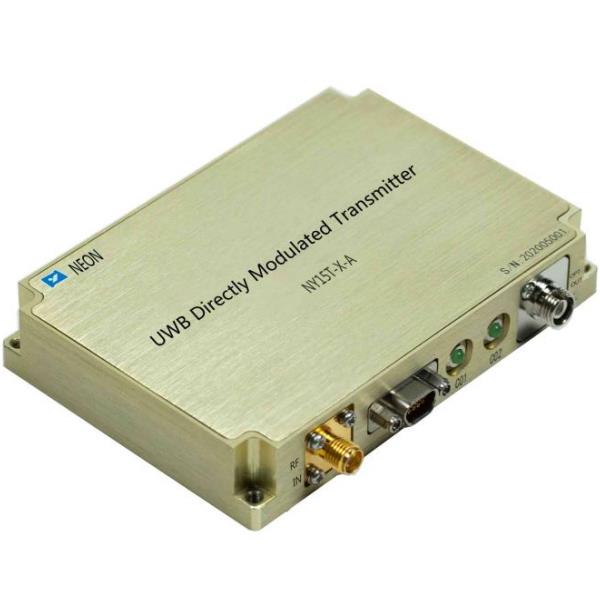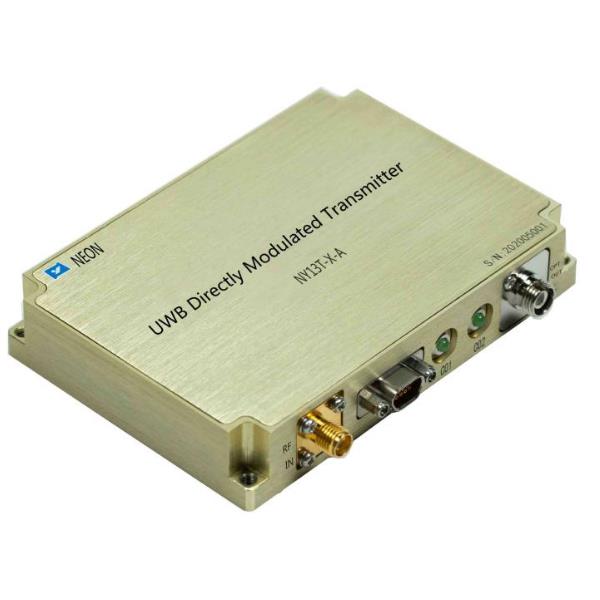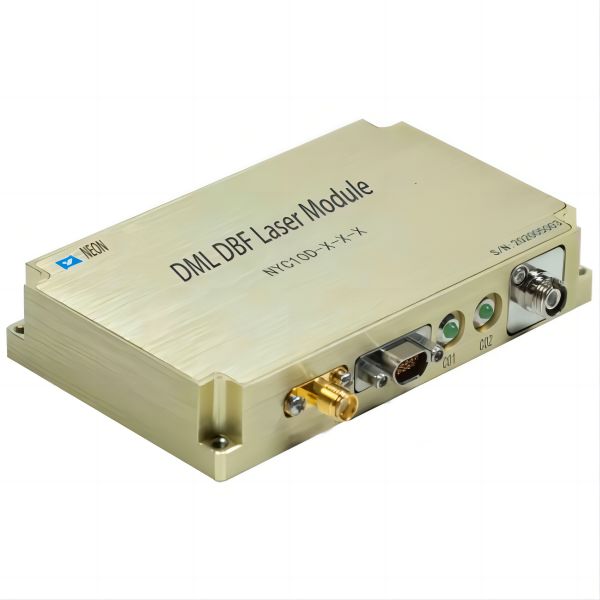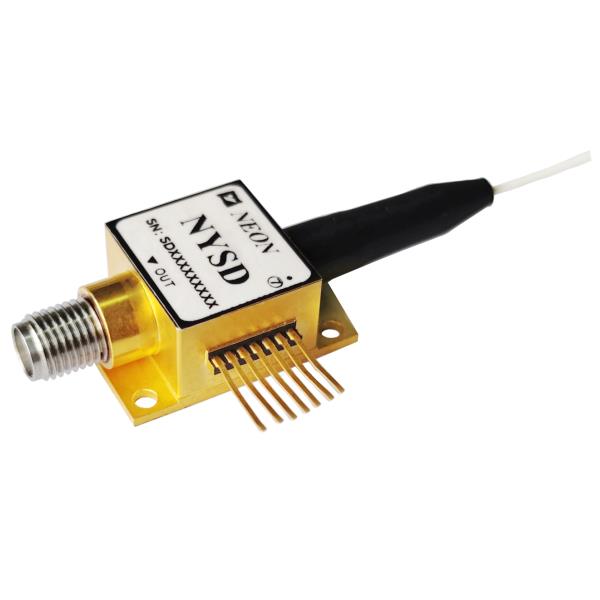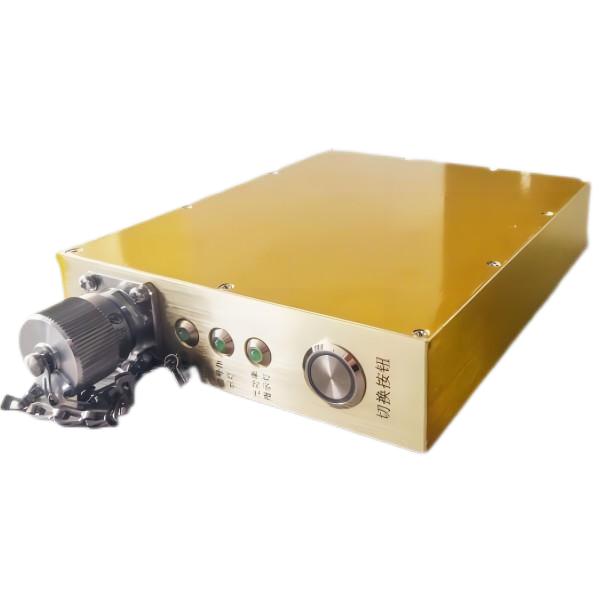UWB Directly Modulated Transmitters: A Simple and Efficient Approach to RF Transmission
A UWB directly modulated transmitter is a type of RF transmitter that uses a direct modulation scheme to modulate the RF signal. In direct modulation, the digital data is directly converted to an RF signal without the use of an intermediate frequency (IF) stage. This makes direct modulation schemes simpler and more efficient than traditional IF-based modulation schemes.
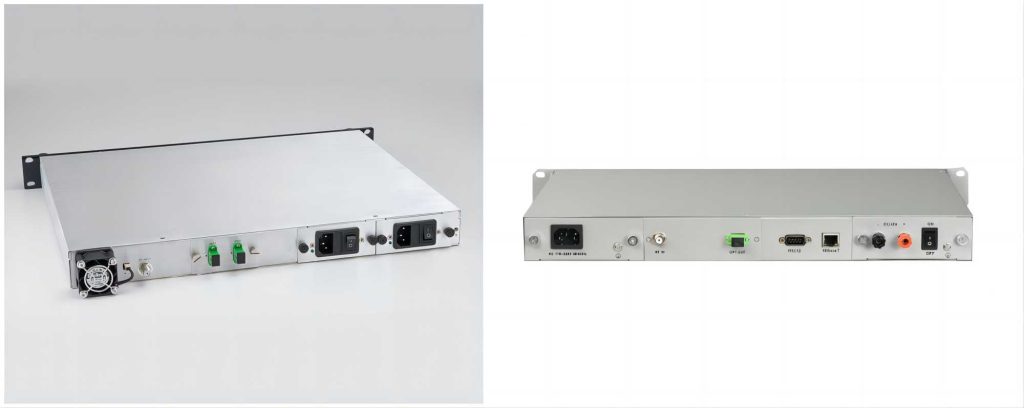
UWB directly modulated transmitters are typically used in impulse radio (IR) UWB systems. IR UWB systems use short pulses to transmit data, and direct modulation schemes are well-suited for this type of signal. Direct modulation schemes can also achieve high energy efficiency, which is important for UWB systems.
There are several different types of UWB directly modulated transmitters, including on-off keying (OOK), binary phase-shift keying (BPSK), and pulse-position modulation (PPM). OOK is the simplest type of direct modulation scheme. It uses a simple on-off signal to modulate the RF signal. BPSK is a more complex type of direct modulation scheme than OOK. It uses a two-level phase shift to modulate the RF signal. PPM is a more complex type of direct modulation scheme than BPSK. It uses the position of a pulse to modulate the RF signal.
The choice of direct modulation transmitter depends on the specific application. For example, OOK transmitters are often used in low-cost applications, while BPSK or PPM transmitters are often used in applications where high data rates or energy efficiency are important.
Advantages of UWB Directly Modulated Transmitters
UWB directly modulated transmitters offer several advantages, including:
Simplicity: Direct modulation schemes are simpler than traditional IF-based modulation schemes. This makes them easier to design and implement, and they also tend to be less expensive.
Efficiency: Direct modulation schemes can be very efficient, especially at high data rates. This is because they do not require the use of an IF stage, which can be a significant source of inefficiency.
Low cost: Direct modulation schemes can be relatively low-cost, especially when compared to traditional IF-based modulation schemes. This is because they do not require the use of expensive IF components.
High data rates: Direct modulation schemes can achieve very high data rates. This is because they do not suffer from the same bandwidth limitations as IF-based modulation schemes.
Immunity to interference: Direct modulation schemes are less susceptible to interference from other RF signals than IF-based modulation schemes. This is because they do not require the use of an IF stage, which can be a source of interference.
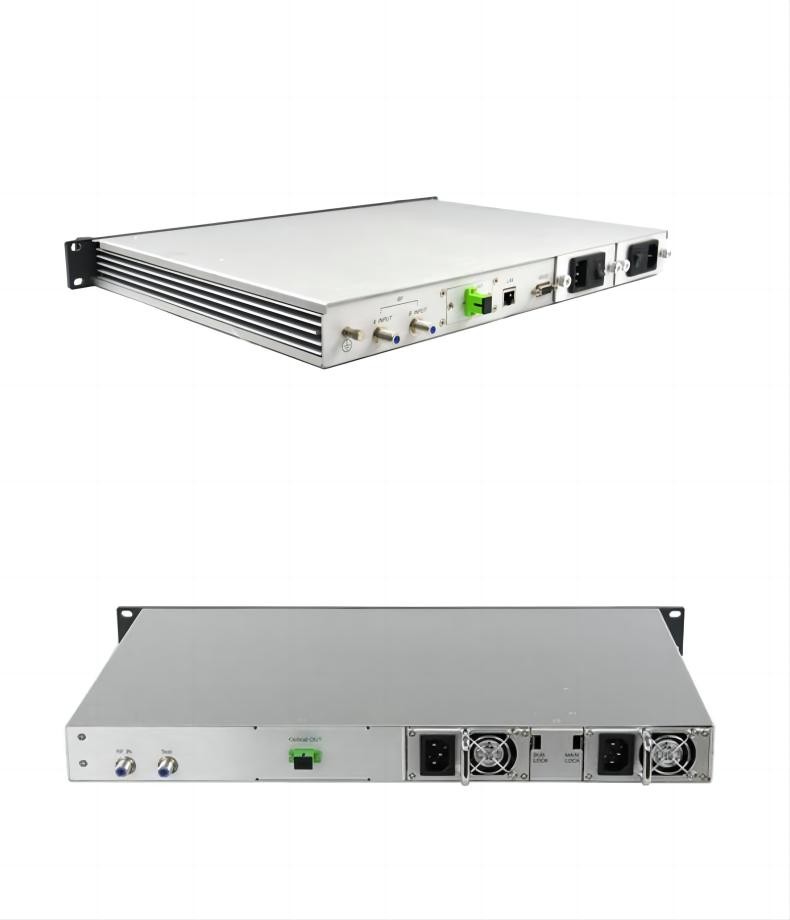
Applications of UWB Directly Modulated Transmitters
UWB directly modulated transmitters are used in a variety of applications, including:
Short-range communication: UWB directly modulated transmitters can be used for short-range communication applications, such as wireless sensor networks and personal area networks.
Radar: UWB directly modulated transmitters can be used for radar applications, such as obstacle detection and ranging.
Imaging: UWB directly modulated transmitters can be used for imaging applications, such as medical imaging and security imaging.
Radio frequency identification (RFID): UWB directly modulated transmitters can be used for RFID applications, such as tracking assets and animals.
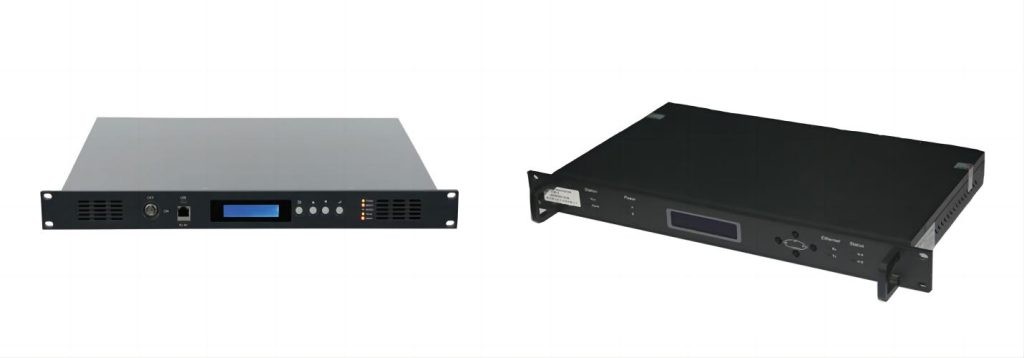
Conclusion
In conclusion, UWB directly modulated transmitters represent a significant breakthrough in wireless technology, offering a wide array of advantages such as simplicity, efficiency, low cost, high data rates, and immunity to interference. These benefits make them well-suited for various applications, including short-range communication, radar, imaging, and RFID. As UWB technology continues to evolve, we can expect further advancements and improvements in wireless communication and its associated fields. The integration of UWB transmitters, with their remarkable capabilities and versatility, opens up new possibilities for innovative solutions in wireless connectivity. By harnessing the power of UWB transmitters, we can propel the development of cutting-edge wireless systems that cater to the ever-growing demands of our interconnected world.


